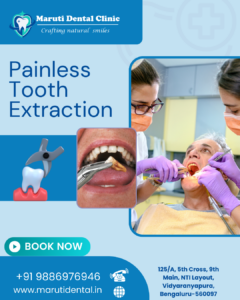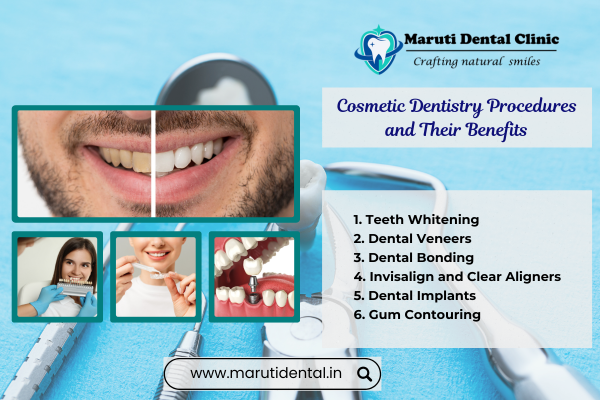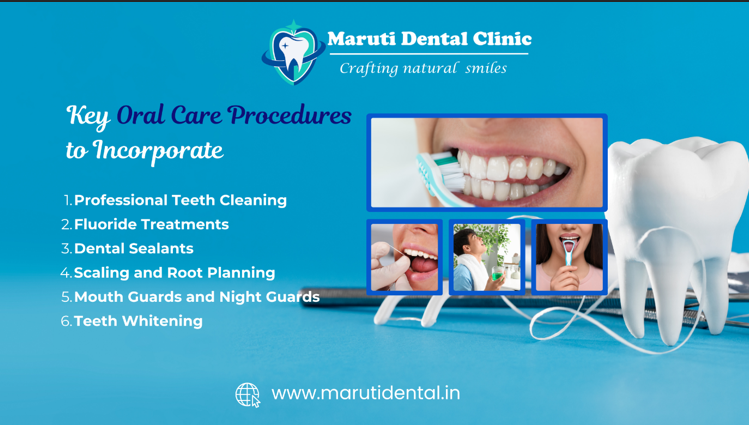Tooth extraction is often associated with pain and discomfort, but modern dentistry has made the process far more comfortable than ever before. Whether due to severe decay, impacted wisdom teeth, or orthodontic needs, tooth removal is sometimes necessary. Fortunately, with advanced techniques and pain management solutions, painless tooth extraction is now a reality. In this blog, we’ll explore the process, preparation, and different methods that make tooth extraction quick, comfortable, and stress-free.
What is Painless Tooth Extraction?

Painless tooth extraction refers to the removal of a tooth using advanced techniques and anesthesia to minimize discomfort. Modern dentistry offers a variety of methods, including local anesthesia, sedation, and even laser extraction, ensuring that patients experience little to no pain during the procedure.
Dentists now use minimal invasive techniques and accurate equipment to make tooth extractions as smooth as possible. If you avoid removing important teeth from fear of pain, it’s time to think again and discover your options.
Can You Remove a Tooth Without Pain?
Yes! With today’s advanced dental procedures, tooth extraction can be completely painless. Before starting the extraction, our dentist will numb the area using local anesthesia and ensure that you do not feel any pain. For more complex extractions, sedation dentistry may also be used to keep you relaxed.
Many patients report feeling pressure but no pain during the procedure. Some of the ways dentists ensure a painless experience include:
- Local Anesthesia– Makes the extraction site completely numbs.
- Sedation Dentistry – Options like nitrous oxide (laughing gas) or IV sedation keep you relaxed.
- Laser Extraction – A new method that reduces trauma for surrounding tissue and accelerates treatment.
After the extraction, our dentist will provide tips and medicines for pain management to ensure a smooth recovery.
What is the Least Painful Tooth to Extract?
The difficulty of tooth extraction and pain level depends on the condition of the tooth. However, some extractions are less painful than others.
Least Painful Teeth to Extract:
- Upper Front Teeth (Incisors & Canines) – These teeth have a single root and are easier to remove.
- Premolars – Typically have one or two roots and are easier to extract compared to molars.
More Challenging Extractions:
- Wisdom Teeth (Third Molars) – Often impacted and require surgical extraction.
- Molars – These have multiple roots and can be more difficult to extract.
Regardless of the tooth type, a skilled dentist ensures a pain-free and comfortable experience using modern techniques.
How to Prepare for a Painless Tooth Extraction
Preparation of tooth extraction helps to smoothen the process and ensure rapid recovery. There are some necessary steps to take before the procedure:
- Discuss Your Concerns with Your Dentist
- Inform your dentist about medical condition, medicines or allergies.
- If you are concerned about the process, you can discuss anesthesia and sedation options.
- Eat light food (unless otherwise advised)
- If you receive local anesthesia, you can eat light food before the procedure.
- If you undergo sedation, you may need to fast for a few hours before extraction.
- Wear Comfortable Clothing
- Loose fitted clothes will help you stay comfortable, especially if you get the addition of fainting.
- Arrange Transportation
- If sedation is used, have someone drive you home after the procedure.
- Follow Pre-Extraction Instructions
- Your dentist may provide specific guidelines based on your health condition.
By following these steps, you can reduce anxiety and ensure a smoother experience during your extraction.
Laser Tooth Extraction – The Future of Painless Extractions
Laser dental has revolutionized various dental treatments including painless tooth extraction. Unlike traditional methods, laser -assisted extraction is minimized invasive and provides many benefits:
Advantages of Laser Tooth Extraction:
- Less pain and discomfort – The laser cuts and coagulate tissue simultaneously, reducing bleeding and inflammation.
- Faster Healing – Less trauma to the surrounding tissues speeds up the recovery time.
- The risk of infection is reduced – laser sterilizes the area, reduces the possibility of bacterial infection.
- Less requirements Stitches – accurate cutting often eliminate the need for sutures.
Laser extraction is especially beneficial for patients with affected wisdom teeth, broken teeth and dental anxiety patients. Although it may not be available in all dental clinics, it is worth considering whether you are looking for the most comfortable option.
What is Expected During a Painless Tooth Extraction

Step 1: Anesthesia Administration
Your dentist will numb the area with local anesthesia to ensure a painless experience. If necessary, sedation will be given for relaxation.
Step 2: Tooth Removal
With the help of special equipment, the dentist gently loosens the tooth and removes it. If necessary, the tooth can be divided into sections to easily remove.
Step 3: Post-Extraction Care
After removal, the dentist may place gauze to control bleeding and provide aftercare instructions to promote healing.
Post-Extraction Care for a Speedy Recovery
Proper aftercare ensures minimal discomfort and rapid recovery process. Here are some important recovery tips: • Biting on gauze – helps control bleeding and promotes blood clotting. • Avoid smoking and alcohol – can slow the treatment and increase the risk of infection. • Eat soft foods – stick to the diet with soup, curd and mashed food for the first few days. • Use cold compression – reduces inflammation and discomfort.
Proper aftercare ensures minimal discomfort and rapid treatment process. Here are some important recovery tips:
- Bite on Gauze – Helps control bleeding and promotes blood clotting.
- Avoid Smoking & Alcohol – Can slow the treatment and increase the risk of infection.
- Eat Soft Foods – Stick to the diet with soup, curd and mashed food for the first few days.
- Use cold compression – Reduces inflammation and discomfort.
- Maintain Oral Hygiene – Gently rinse with salt water but avoid vigorous brushing near the extraction site.
If you experience severe pain, excessive bleeding, or signs of infection, contact your dentist immediately.
When to See a Dentist:
While light discomfort is common after an extraction, some symptoms require immediate dental attention:
- Persistent Bleeding
- Severe Pain Beyond 48 Hours
- Swelling or Pus Formation (Indicates infection)
- High Fever or Chills
Seeking prompt dental care ensures a smooth recovery and prevents complications.
Conclusion
Tooth extraction doesn’t have to be a painful experience. Thanks to modern dental techniques, including local anesthesia, sedation, and laser extraction, painless tooth extraction is now a reality. By preparing properly and following post-extraction care guidelines, you can ensure a quick and comfortable recovery. If you need a tooth extracted, consult with our dentist about the best pain-free options available. With the right care, you can maintain your oral health without fear or discomfort!
Experience painless tooth extraction with expert care at Maruti Dental Clinic. Book your appointment today for a quick and comfortable procedure!



